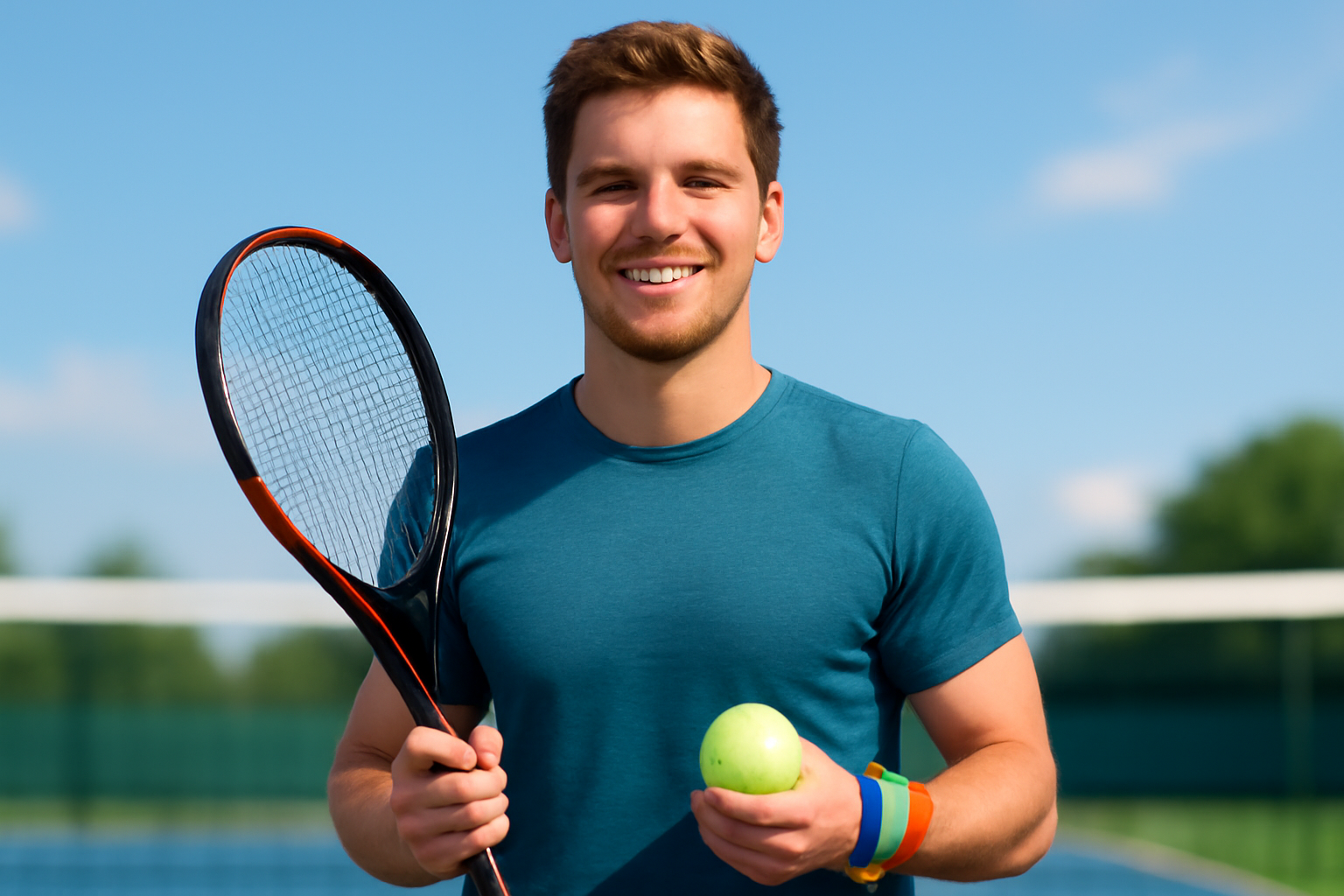
Men’s professional tennis, a sport known for its progressive stance on many social issues, has surprisingly few openly gay players. Despite the public support from prominent ATP stars like Roger Federer, Novak Djokovic, and Andy Murray, only one player, Joao Lucas Reis da Silva, ranked 400th in the world, has come out as gay on the men’s tour. This raises the question: why is there such a scarcity of openly gay players in men’s tennis?
Support from Within the Sport
Many top players have expressed their support for openly gay athletes. Roger Federer, Novak Djokovic, and Andy Murray are just a few who have publicly supported the idea of having more openly gay players in the sport. Despite this, men's tennis has not seen an openly gay player until Joao Lucas Reis da Silva came out in a 2024 Instagram post. This marks a significant milestone, but with no players in the top 100 coming out, one must wonder about the readiness of tennis for gay male players.
Comparison with Other Sports
While tennis is known for its progressive moves on issues like equal pay and accessibility for disabled athletes, it lags behind other sports in terms of openly gay players. Sports such as soccer, football, and basketball have had players come out while actively competing, like Robbie Rogers, Carl Nassib, and Jason Collins. Tennis, on the other hand, seems like an environment where gay players would find acceptance, given the minimal hostile incidents reported.
Instances of hostility, such as Margaret Court’s controversial comments and Holger Rune’s use of homophobic slurs, are rare compared to the generally supportive atmosphere. Yet, the statistical odds of having only one openly gay player in a pool of over 1,800 ranked players are puzzling.
Challenges Within Tennis
There are three potential reasons for the lack of openly gay professional male tennis players. Firstly, the individualistic nature of tennis may contribute to the issue. Unlike team sports, tennis lacks the camaraderie and mutual support found in team locker rooms. This isolating environment might make coming out publicly a lower priority for players who are already under significant mental and emotional stress competing on the tour.
Secondly, gender differences play a role. Historically, there have been more openly gay female players, with prominent figures like Billie Jean King and Martina Navratilova paving the way. Women are statistically more likely to identify as LGBTQ. For men, particularly in sports, reconciling masculinity with sexuality can be uniquely challenging, potentially discouraging male players from coming out.
Lastly, institutional issues within the ATP tour should be considered. The ATP continues to host events in countries where homosexuality is illegal, such as the United Arab Emirates, Qatar, and Saudi Arabia. This complicity affects players' decisions to come out, as it could restrict their ability to compete and earn a living due to legal and safety concerns in these regions.
Institutional and Economic Barriers
The ATP has made efforts to promote inclusivity, but these gestures are insufficient if they continue to hold tournaments in countries with anti-LGBTQ laws. The organization should focus on addressing the real-world implications for players, including their safety and ability to earn a livelihood.
Economic factors also play a significant role. Lower-ranked players often struggle to make ends meet and may feel pressured to compete wherever they can earn prize money, even in countries with anti-LGBTQ policies. An analysis by the Berkeley Economic Review shows that tennis players earn a minimal percentage of the sport's revenue compared to other major sports, with a significant pay disparity between top players and those ranked lower.
Moving Forward
If the ATP truly wants to promote inclusivity, it should look inward and reform its pay structure and choice of venues, ensuring that players’ safety and rights are prioritized. Players like Taylor Fritz have noted that acceptance among their peers is likely not the issue; rather, it is the institutional barriers that need addressing.
In conclusion, while there is a widespread acceptance of gay players within the sport, significant challenges remain. By addressing these institutional and economic barriers, the ATP can take meaningful steps toward creating a more inclusive environment for all players.
Related Posts
"Wicked": Unveiling Fiyero's Destiny - Hidden Clues You May Have Overlooked
Have you ever been swept away by a story that leaves you unraveling clues long after it ends? That's exactly what "Wicked" does with its enchanting narrative, unforgettable songs, and complex characters. Among them, Fiyero stands out as a charming prince whose surprising metamorphosis by curtain fall makes us wonder: were there hints about his fate scattered throughout? Let's dig deep and see if " [...]
Triumphant Trans Woman Wins Legal Battle and Inspires Others to Stand Up for Their Rights
Breaking new ground: a landmark victory in transgender rights After battling in courtrooms and enduring endless challenges, Diana Portillo, a transgender woman, has secured a monumental victory in her decade-long fight against workplace discrimination. The result? Nearly $1 million awarded in a historic settlement. But this isn't just a win on paper—it represents a powerful precedent in combati [...]
Pride Month in Latin America: Protests and Demands for Equality
**Celebrating Pride and advocating LGBTQ+ rights in Latin America** Pride Month in Latin America was a lively mix where celebration met activism. Communities united, not just throwing a party but making a stand—demanding equality and pushing governments toward better protection and rights recognition. Throughout Latin America, pride events erupted in marches and cultural displays, each with a c [...]